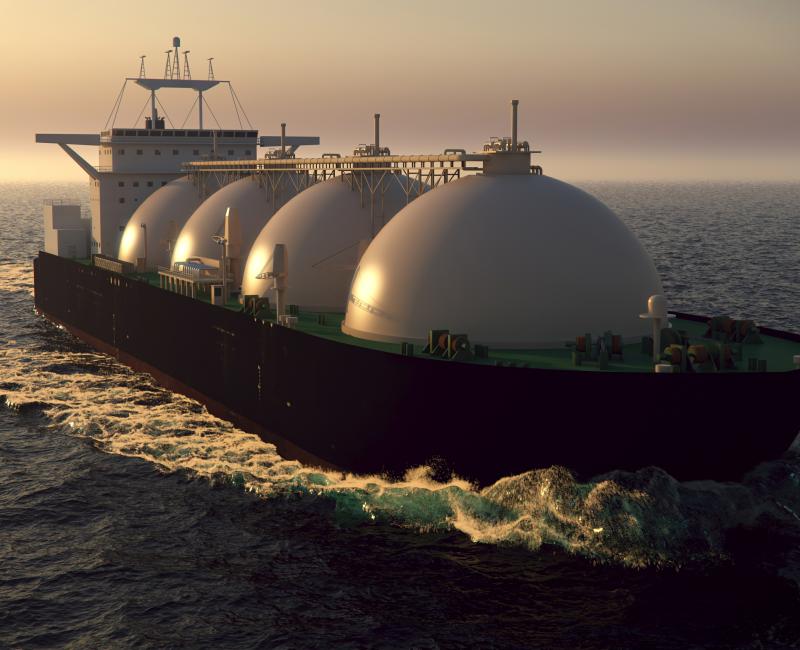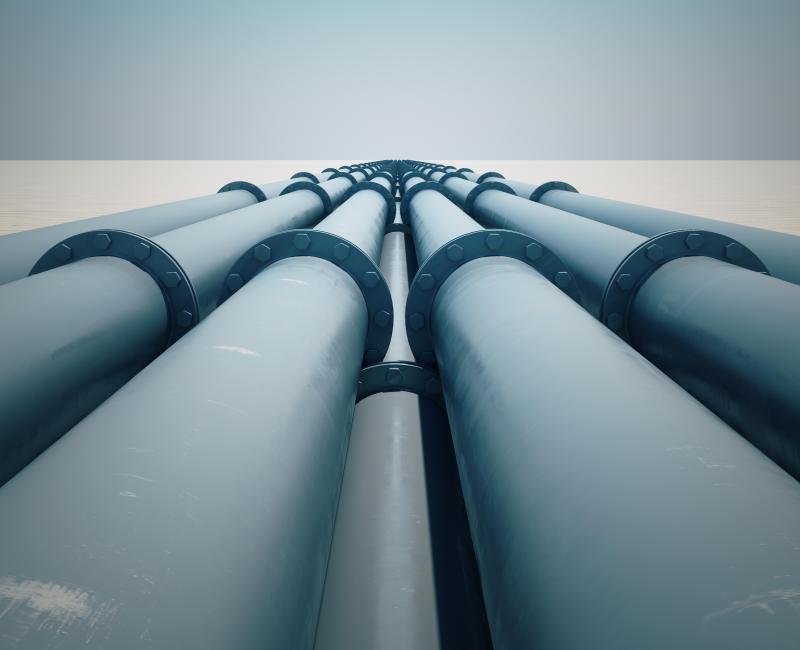ACER recommends an ex-post reconciliation of the costs of electricity losses due to transits in the Inter-Transmission System Operator Compensation mechanism

ACER recommends an ex-post reconciliation of the costs of electricity losses due to transits in the Inter-Transmission System Operator Compensation mechanism
What is it about?
ACER publishes today its Recommendation on the treatment of electricity losses in the Inter-Transmission System Operator Compensation (ITC) mechanism.
What is the ITC mechanism?
The ITC mechanism compensates Transmission System Operators (TSOs) for the costs incurred on national power systems for hosting cross-border flows of electricity (transits). The ITC fund seeks to cover the costs of the incurred transmission losses and infrastructure’s availability.
What are power losses?
Power losses happen with electricity’s transmission and they can give rise to significant costs. In most EU countries, the procurement of energy to cover transmission losses is in the hands of the TSOs. Reducing losses decreases the operational costs of power grids and increases benefits to the society.
The ACER Recommendation is addressed to the European Network of Transmission System Operators for Electricity (ENTSO-E), TSOs and National Regulatory Authorities (NRAs) after ACER having identified potential shortcomings in its latest yearly monitoring report on the ITC mechanism.
What is the summary of ACER’s recommendations?
- The number of snapshots used for the estimation of the volume of losses due to transits should be increased;
- An ex-post reconciliation of the costs of losses due to transits should be applied in the ITC mechanism, to reflect the costs actually incurred; and
- Where relevant, and at least as an interim measure, liquid forward-market prices should be considered instead of historical prices for determination of the relevant components of the value of losses for the ITC mechanism.
Access the Access the ACER Recommendation on the Treatment of Losses for the Purpose of the ITC Mechanism.








